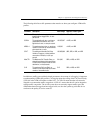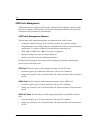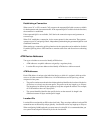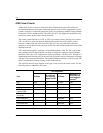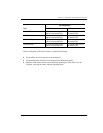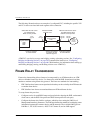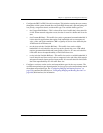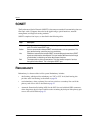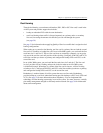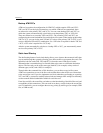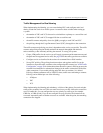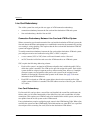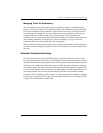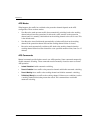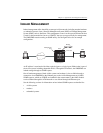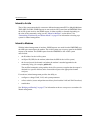
Chapter 3: Applications and Configuration Overview
Avidia System Configuration and Management User Manual 29
Dual Homing
Through dual homing, a second network interface (DS1, DS3 or OC3 line card) is used in the
Avidia system and provides support that includes:
• backup or redundant PVCs with the same destination
• static load sharing where traffic is directed separately to a primary and to a secondary
line card, increasing the amount of traffic that you can send through the system
(see page 30)
See page 31 for information about applying Quality of Service to traffic that is assigned to dual
homing configurations.
When setting up a system for dual homing, one line card is a primary line card and the second
line card is a secondary or backup line card. In an Avidia 8000 system, you can install the line
cards into slot 11 and slot 12. The two line card slots are essentially symmetric. At any point,
only one of the two line cards will provide cell bus clocking. Configure ATM VPCs and VCCs
to the line card that you choose as primary and configure the backup VPCs and VCCs to the
second line card.
In an Avidia 3000 system, you can install the line cards into slot 2 and slot 3. The line card
in slot 2 provides cell bus clocking and must be in the slot when an Avidia 3000 system
is initialized (booted). When there is a failure of the line card in slot two, cell bus clocking
switches to slot 1. Configure ATM VPCs and VCCs to the line card that you choose as primary
and configure the backup VPCs and VCCs to the second line card.
Redundancy is another feature of Avidia systems that uses two line cards. Redundancy
provides backup at a card level where dual homing provides backup at a PVC level (VPCs and
VCCs). See page 32 for more information about redundancy. You can implement both
redundancy and dual homing concurrently in an Avidia system. You must, however, carefully
plan traffic management and QoS to efficiently run the network. See page 30 for information
about traffic management.



